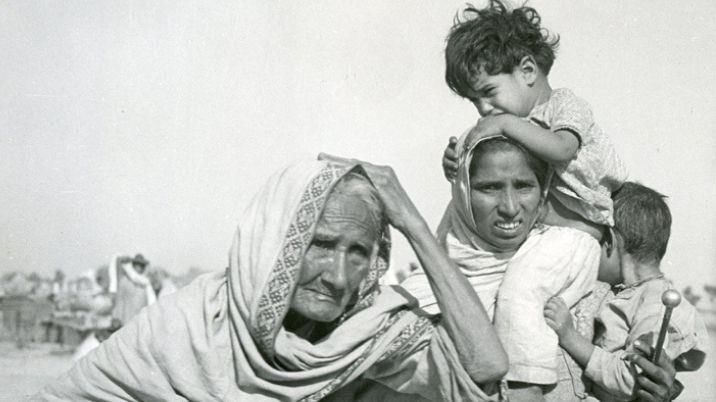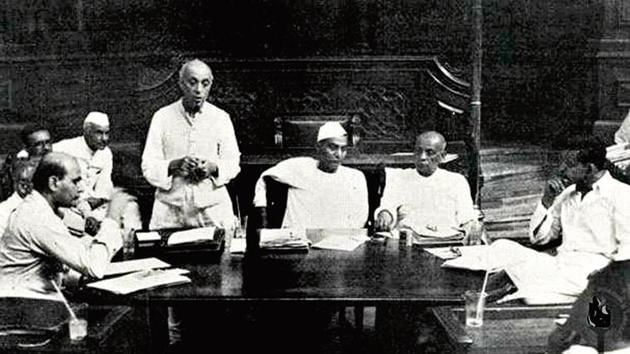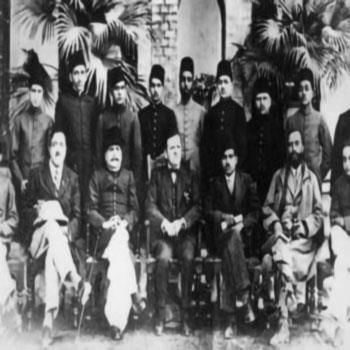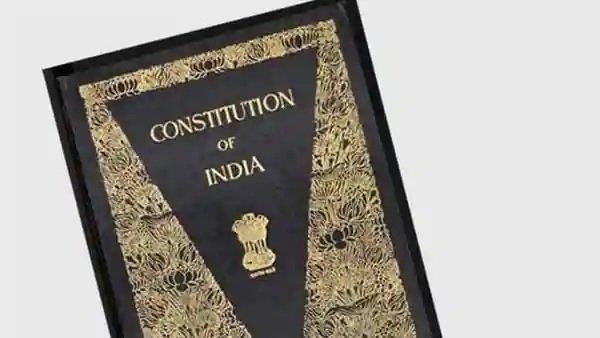|
Card: 1 / 38 |
What is the significance of the Indian Constitution being the longest in the world? |
|
Card: 2 / 38 |
The length of the Indian Constitution reflects the country's vast size, diversity, and the need to unify various communities and classes after Independence, addressing historical divisions. |
|
Card: 3 / 38 |
Fill in the blank: The Indian Constitution was created to bring together Indians of all ___, ___, and ___ in a shared political journey. |
|
Card: 5 / 38 |
Multiple Choice: Which of the following was a primary goal of the Indian Constitution? A) To maintain caste divisions B) To unify a diverse nation C) To limit democratic participation D) To establish a monarchy |
|
Card: 7 / 38 |
What was the time duration of the discussions in the Constituent Assembly for drafting the Indian Constitution? |
|
Card: 10 / 38 |
The Partition of India in 1947 resulted in massive displacement and violence, leading to a humanitarian crisis as millions were uprooted from their ancestral homes.  |
|
Card: 11 / 38 |
True or False: The Muslim League participated in the Constituent Assembly discussions. |
|
Card: 12 / 38 |
False. The Muslim League boycotted the assembly as it sought a separate constitution and state.  |
|
Card: 14 / 38 |
Key figures included Pt. Jawaharlal Nehru, Vallabh Bhai Patel, Rajendra Prasad, Dr. B.R. Ambedkar, K.M. Munshi, and Alladi Krishnaswamy Aiyar.  |
|
Card: 15 / 38 |
What were the demands of linguistic and religious minorities during the formation of the Constitution? |
|
Card: 16 / 38 |
Linguistic minorities sought protection for their mother tongues, while religious minorities demanded special safeguards. |
|
Card: 18 / 38 |
False. The drafting of the Constitution took three years and resulted in eleven volumes of discussions. |
|
Card: 20 / 38 |
Dr. B.R. Ambedkar was the Chairman of the Drafting Committee and guided the Draft Constitution through the assembly process. |
|
Card: 21 / 38 |
The Royal Indian Navy uprising in 1946 was significant because it showcased ___ among workers and peasants. |
|
Card: 23 / 38 |
What was the main purpose of Jawaharlal Nehru's 'Objectives Resolution' introduced on December 13, 1946? |
|
Card: 24 / 38 |
The main purpose of the 'Objectives Resolution' was to proclaim India as an 'Independent Sovereign Republic' and to outline the ideals of justice, equality, freedom, and adequate safeguards for minorities and backward classes, providing a framework for the constitution-making process. |
|
Card: 25 / 38 |
Nehru emphasized that the system of government in India should fit with the ___ of the people. |
|
Card: 27 / 38 |
True or False: Nehru argued that the Constituent Assembly was entirely a British creation with no influence from the Indian independence movement. |
|
Card: 28 / 38 |
False. Nehru acknowledged British influence but asserted that the Assembly was formed due to the strength of the Indian people's aspirations.  |
|
Card: 29 / 38 |
Fill in the blank: The objectives of the Indian Constitution aimed to blend liberal democratic ideas with the ___ concept of economic justice. |
|
Card: 31 / 38 |
How did previous British constitutional reforms influence the Indian independence movement and the formation of the Constituent Assembly? |
|
Card: 32 / 38 |
British constitutional reforms gradually increased Indian participation in governance, culminating in the 1935 Government of India Act, which allowed greater Indian involvement and set the stage for the Constituent Assembly to express the aspirations of the Indian people. |
|
Card: 33 / 38 |
Which values were closely linked to India's social struggles since the nineteenth century and were aimed to be reflected in the Constituent Assembly? |
|
Card: 35 / 38 |
Multiple Choice: Which of the following best describes Nehru's approach to learning from other constitutions? |
|
Card: 38 / 38 |
He argued that separate electorates would ensure representation for minorities in the political system, as the needs of Muslims could not be understood by non-Muslims.  |
























